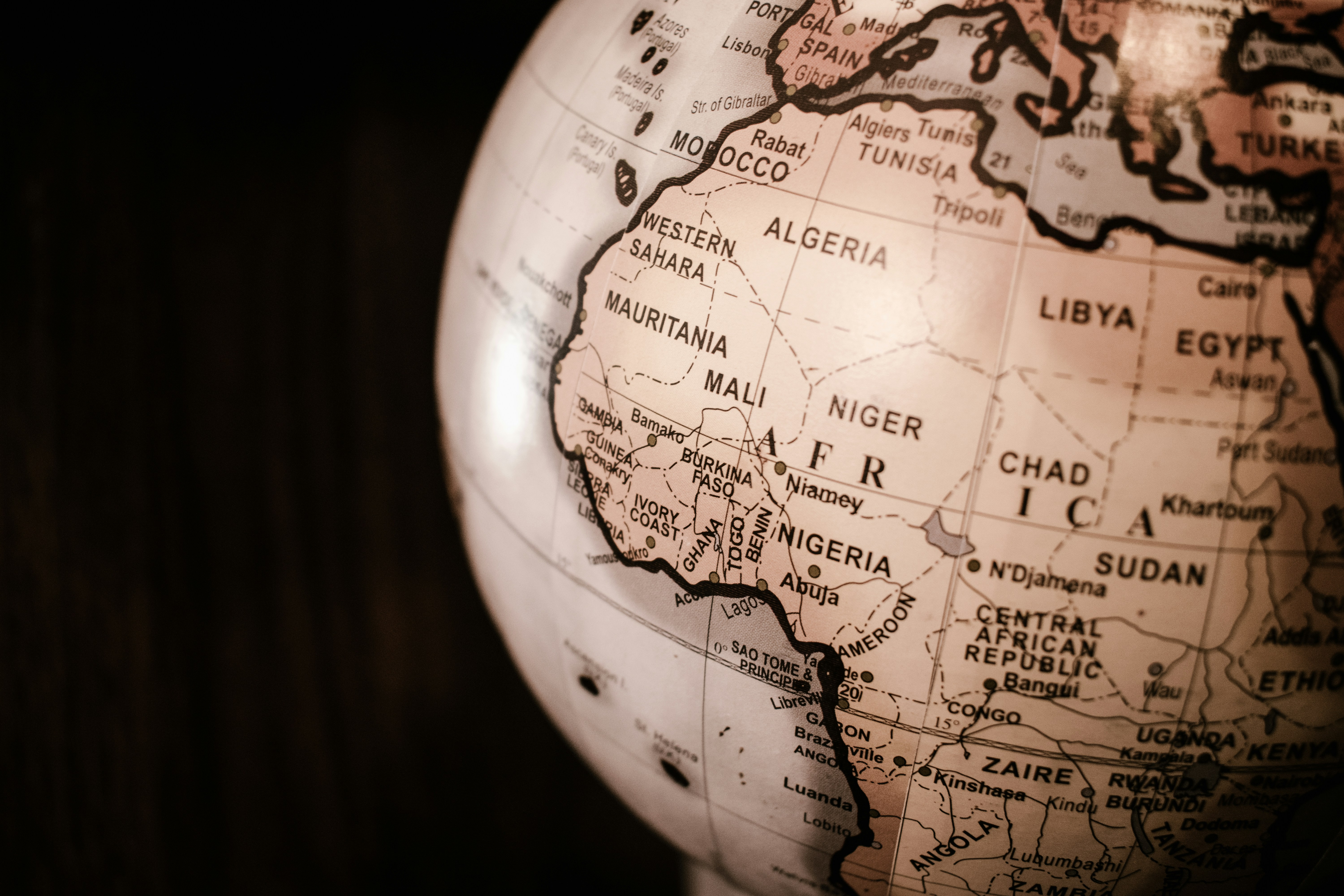The cost of living is increasing rapidly, as economies battered by the Covid-19 crisis now face rising fuel and food costs due to the invasion of Ukraine by the Russian Federation, which has seen Ukraine’s ports blockaded and sanctions placed on Russia.
The most common measure of cost of living increases is, of course, consumer price inflation (CPI). CPI is measured by national central banks and official statistical agencies, who compare the cost of a basket of typical household expenses today to the cost of the same expenses a month ago or a year ago. In the media, this is usually reported as a percentage increase over time.
The table below is extracted from the monthly updates published by the Kenyan National Bureau of Statistics.
The headline inflation rate is updated either monthly or quarterly, and communicated to journalists in press briefings. But what if you want to look deeper into the figures, and find out which parts of the basket have increased in price faster than others? What if you want to understand how inflation in your country compares to that of your neighbours?
Where to find inflation data in Africa
In the first of an ongoing series looking at economic data concerning Africa, we’ve put together a resource which should help you cross the first hurdle at least. This is a comprehensive list of national and supranational authorities that publish inflation data on a regular basis from across the continent.
What is this resource?
This is a list of links to the websites of national and international bodies which report on inflation statistics from across Africa.
Can I add a link?
Absolutely - please contact us to add any online resources that are missing from this list, and correct us if we have added any details incorrectly.
We’ve tried to keep this list simple: for national authorities, we’ve added notes to help you find the most up-to-date figures, while for the global data aggregators - such as the World Bank or International Monetary Fund (IMF) - we’ve added a short explanation as to what you’ll find when accessing their data portals.
Inflation: The basics
How is a national inflation rate calculated?
The way the headline inflation rate is calculated varies from country to country, but the general principle is the same. A standardised basket of goods and services is created which represents the typical outgoings for households. The cost of everything in that basket is then recorded every month (or quarter), in order to record changing values over time.
What are COICOP indicators?
The basket of goods and services used to calculate inflation differs from country to country, but each item in the basket is classified according to a set of standardised categories. These include “Food and non-alcoholic beverages”, “Transport”, “Communications” and so on. This list of categories was introduced by the UN and is known as the Classification of Individual Consumption According to Purpose, or COICOP.
How are the COICOP indicators used?
The importance of each COICOP category is weighted according to local consumption levels and then totalled up. So if South Africans generally spend more on communications than, say, Kenyans, more emphasis will be placed on those parts of the basket. Each national statistics body or central bank responsible for reporting official inflation numbers has its own methodology to determine the weighting of each category when calculating the headline rate of inflation, so it can be more useful to compare individual indicators when doing cross-country comparisons: for example, it’s may be more interesting to know how the price of food is rising in two countries rather than how the headline inflation rate is changing.
The chart below, for example, indicates that South Africans spend proportionally less of their monthly salary on food than Kenyans do, but much more on housing, electricity and transport.
What is the inflation number used for?
Inflation is used as a measure of economic health and a tool for policy planning. If inflation is high, it means the cost of living is increasing rapidly. Central banks often have a mandate to keep inflation in a certain range, and use interest rate changes to try and control it. In theory, prices increase when demand is high and supply is low, so by raising interest rates central banks can discourage borrowing and, in turn, consumer spending, which lowers demand for goods and services. It should be noted that interest rate changes are widely used, they are a very crude tool, and their efficacy is somewhat disputed.


-p-1080.jpg)


%20(4).png)
.png)

